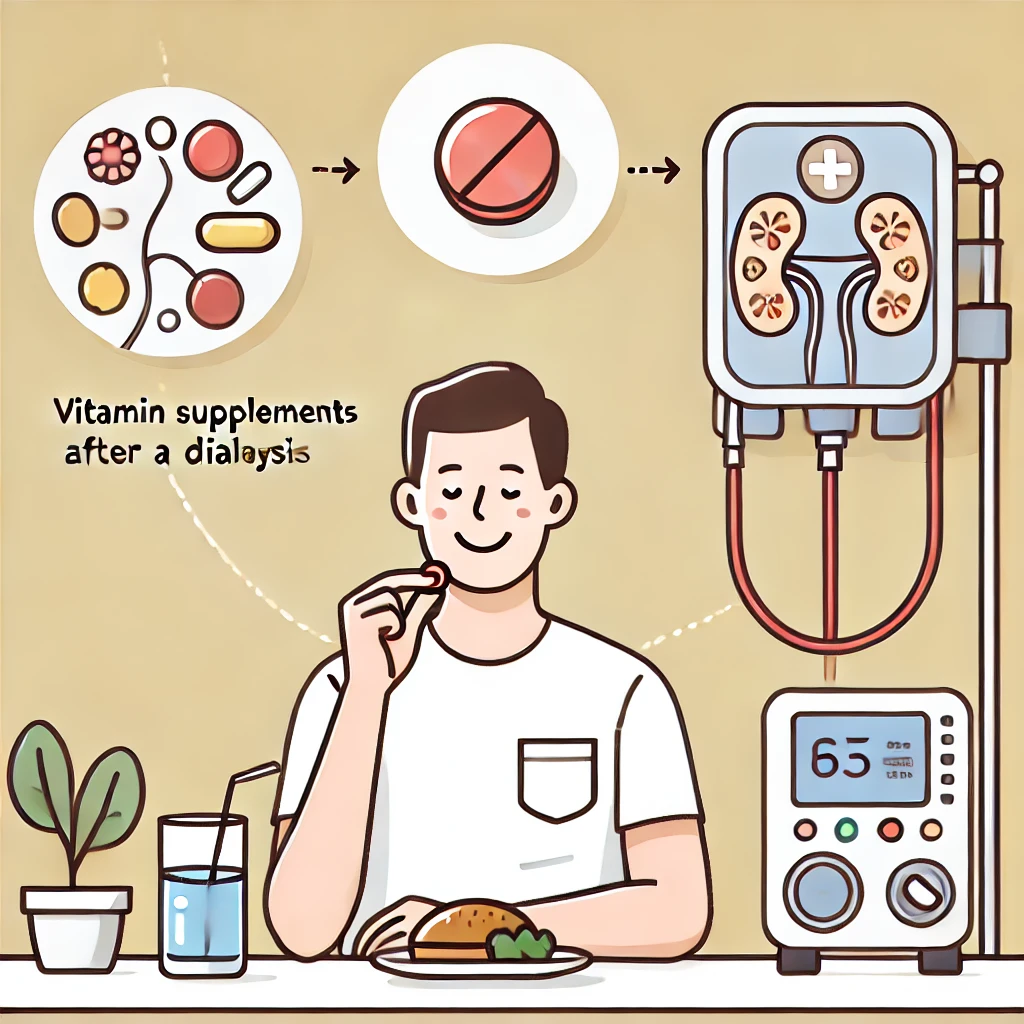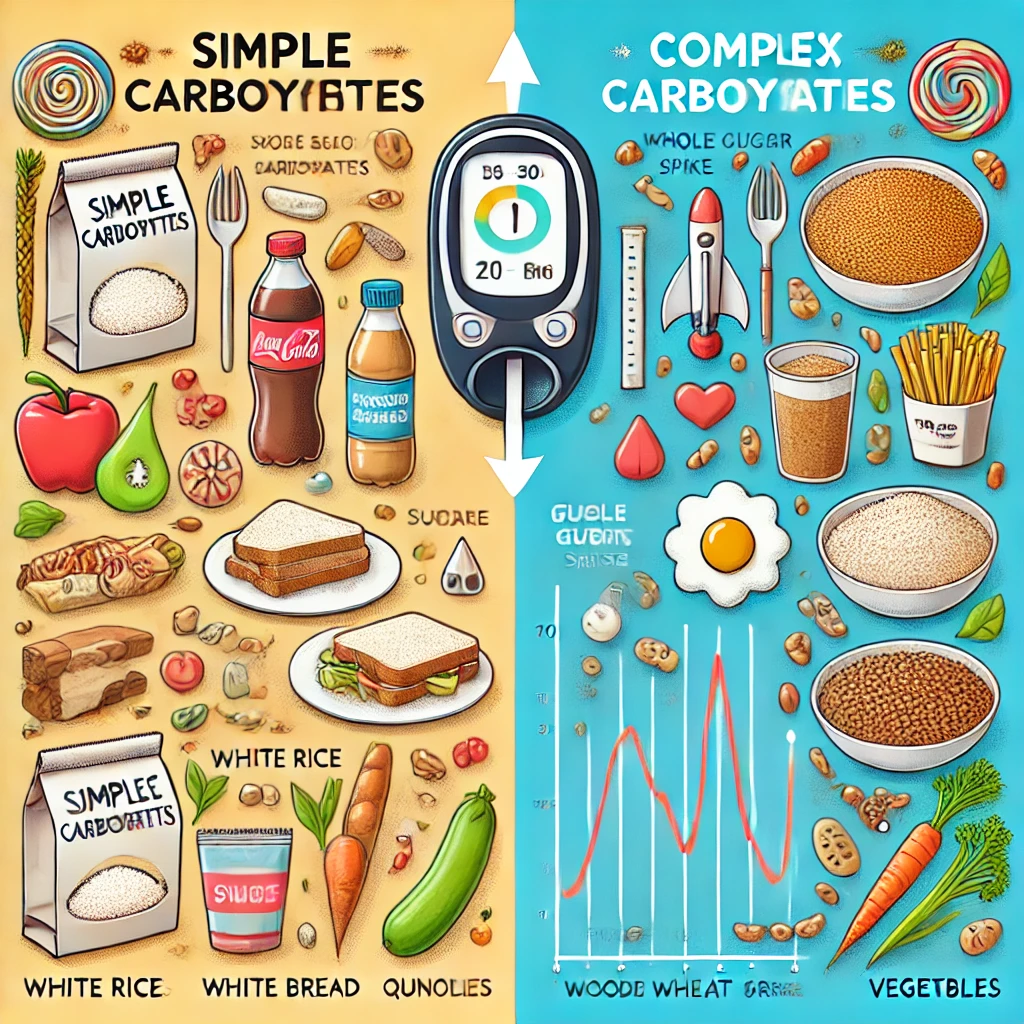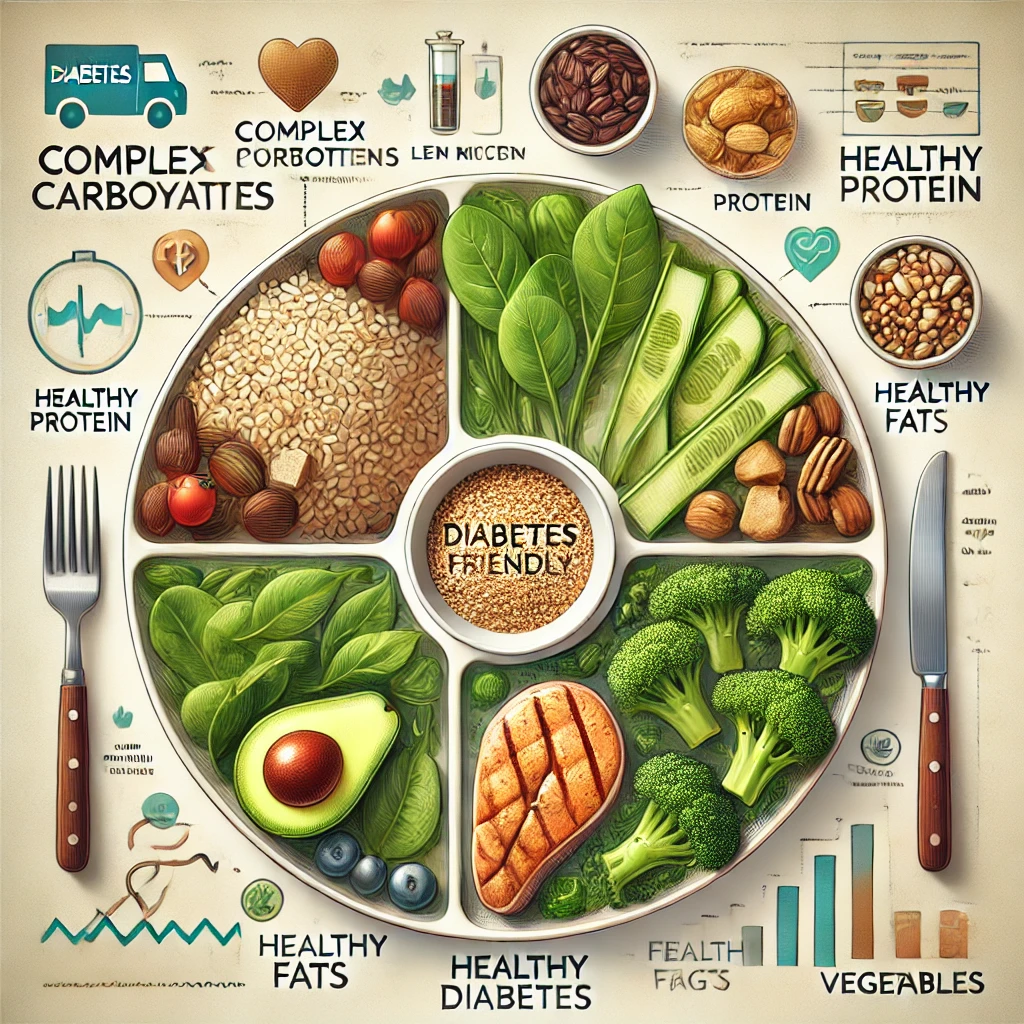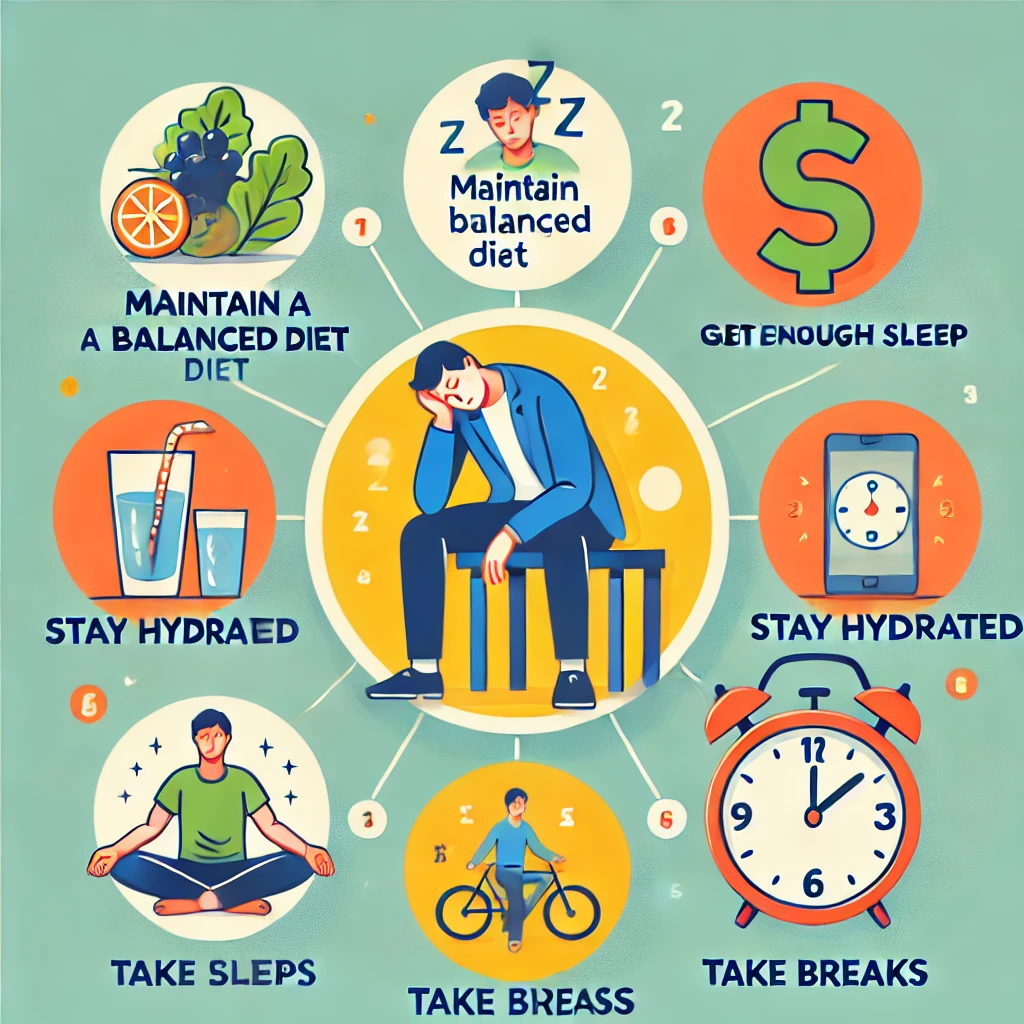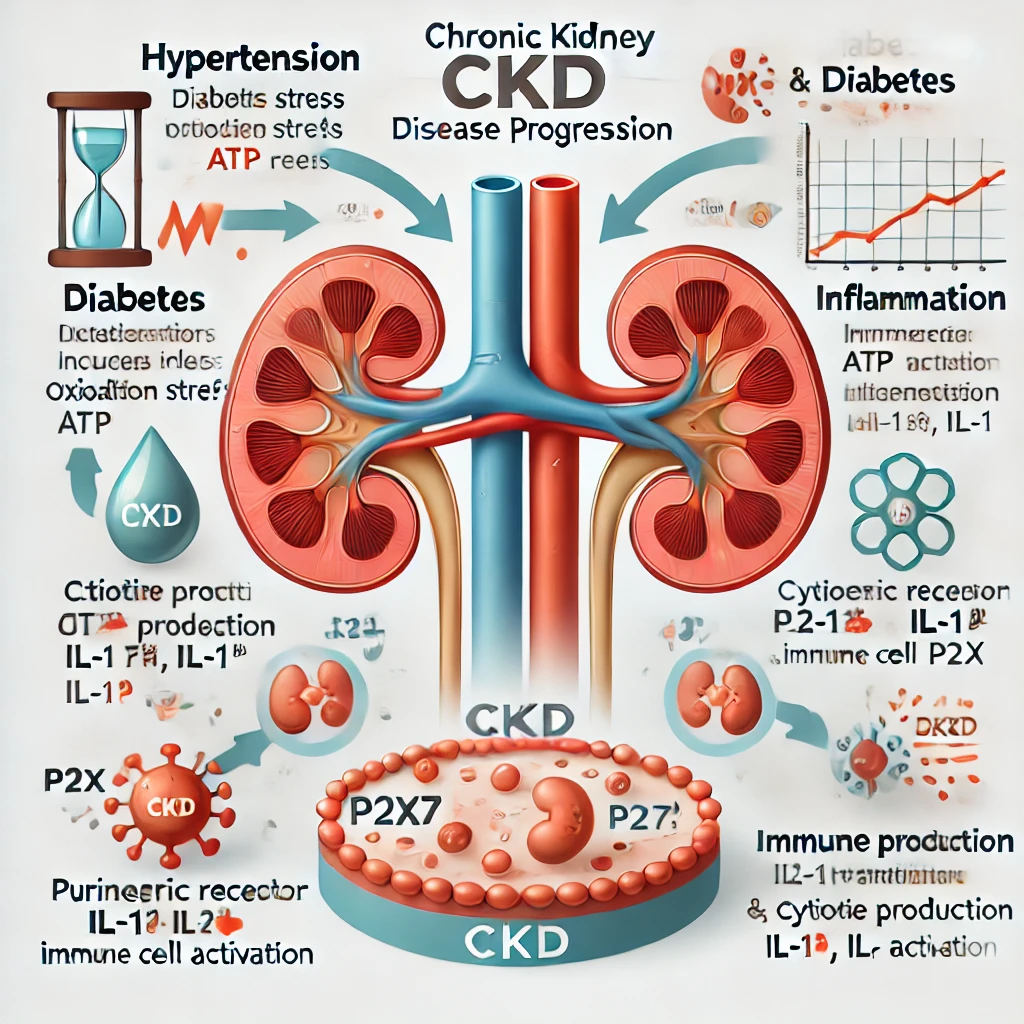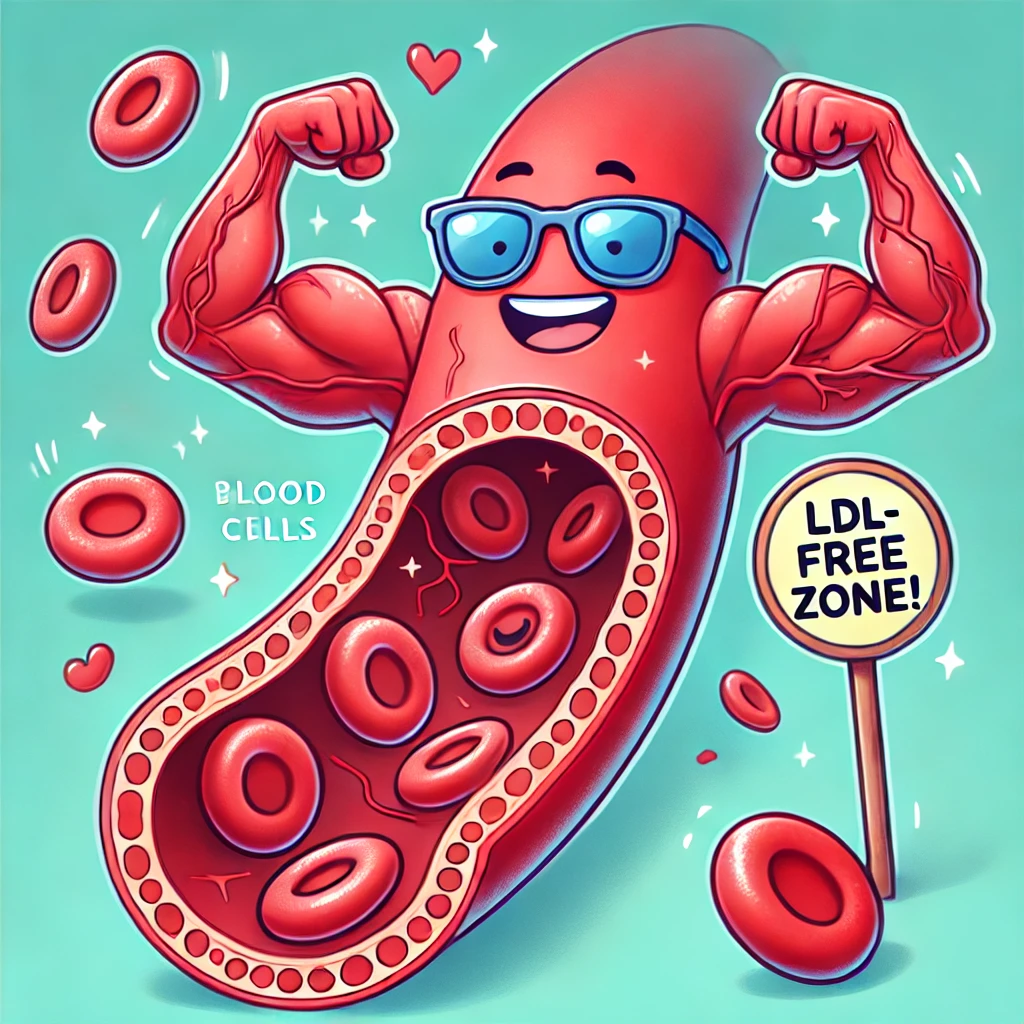Micronutrient Management in Kidney Disease Patients: Risks of Deficiency and Overconsumption
Chronic kidney disease (CKD) and end-stage renal disease (ESRD) gradually impair kidney function, disrupting the balance of essential micronutrients. Some nutrients are prone to deficiency, while others accumulate due to impaired excretion, leading to toxicity.… Micronutrient Management in Kidney Disease Patients: Risks of Deficiency and Overconsumption
